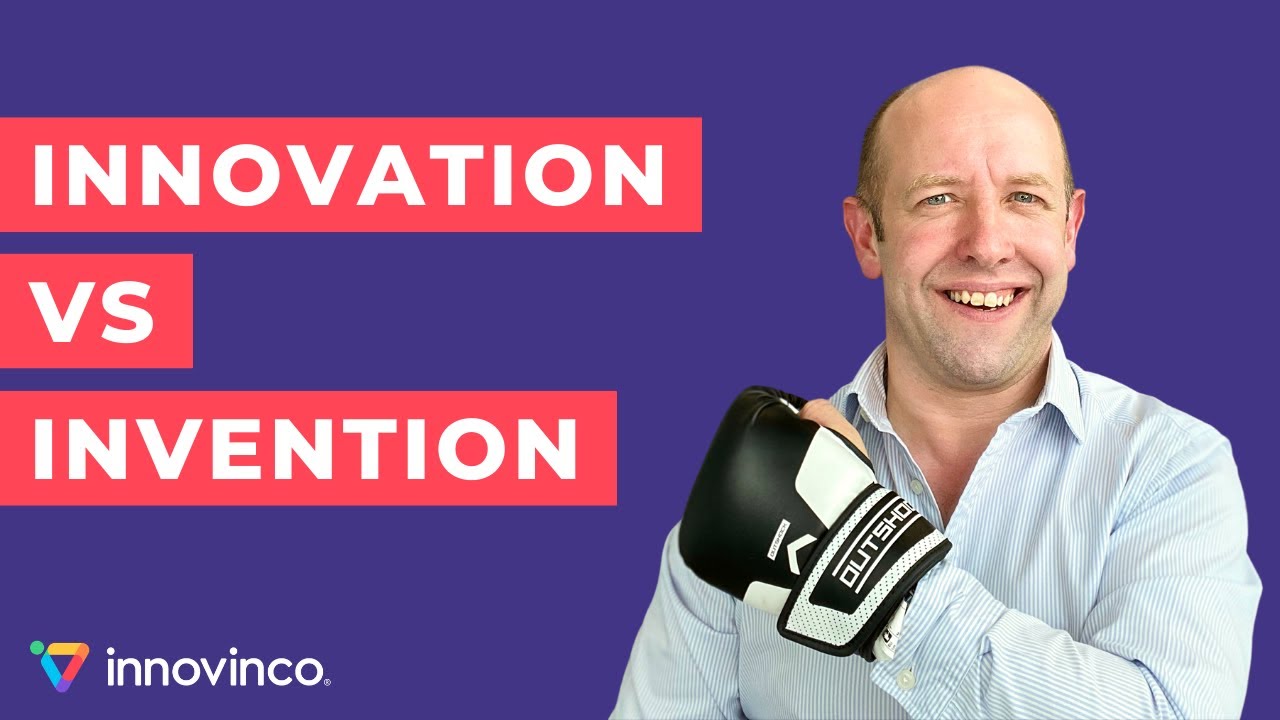Perbedaan Pertumbuhan dan Perkembangan
Summary
TLDRThe video script explores the difference between growth and development, terms often used interchangeably but with distinct meanings. Growth refers to physical changes that are observable, like size or shape, often limited by age, while development is a broader, qualitative process that involves changes in skills and abilities over time. Factors influencing both include nutrition, psychological condition, environment, and genetics. The script highlights how these elements contribute to the progression of organisms, noting that while growth is often measurable, development is more complex and longer-term.
Takeaways
- 😀 Growth and development are common terms, but many people do not clearly understand their differences.
- 😀 Growth refers to quantitative changes that can be directly observed, such as physical size or body shape.
- 😀 Development involves qualitative changes, such as a baby progressing from being able to lie down to crawling and walking.
- 😀 Growth tends to be limited by time and age, with significant physical changes generally slowing down after the age of 21-25.
- 😀 Development has a broader scope than growth, encompassing overall changes in an organism's capabilities and functions.
- 😀 Growth is influenced by internal factors, while development is influenced by both internal and external factors.
- 😀 Nutrition plays a critical role in both growth and development, with good nutrition promoting healthy progress, while poor nutrition can hinder it.
- 😀 Psychological conditions can also affect growth and development, with positive mental health contributing to better outcomes.
- 😀 The environment, including social and physical surroundings, impacts both growth and development, shaping an individual's potential.
- 😀 Genetic factors are crucial in determining growth and development, with favorable genetics contributing to better overall outcomes, though not fully predictable.
Q & A
What is the main difference between 'pertumbuhan' (growth) and 'perkembangan' (development)?
-The main difference is that 'pertumbuhan' (growth) refers to observable physical changes, such as an increase in size or volume, whereas 'perkembangan' (development) involves qualitative changes, like the development of abilities and functions over time.
What is a key characteristic of 'pertumbuhan' (growth)?
-'Pertumbuhan' (growth) is primarily quantitative, referring to measurable physical changes, such as an increase in height or size, and is typically limited to a specific period, especially during early stages of life.
How is 'perkembangan' (development) different from 'pertumbuhan' (growth)?
-'Perkembangan' (development) is qualitative and encompasses broader changes, including mental, emotional, and functional growth. While 'pertumbuhan' is about size, 'perkembangan' refers to the enhancement of abilities and behaviors.
Can 'pertumbuhan' (growth) occur without 'perkembangan' (development)?
-No, 'pertumbuhan' is often part of 'perkembangan.' For example, as a child grows physically (pertumbuhan), they also develop skills such as walking and speaking (perkembangan). Both processes are interconnected.
What factors influence both growth and development?
-The main factors influencing growth and development are nutrition, psychological state, environment, and genetics. Proper nutrition supports physical growth, while mental health, a positive environment, and genetic factors contribute to overall development.
Why is nutrition important for growth and development?
-Nutrition plays a crucial role as it provides the necessary resources for both physical growth and the development of cognitive and emotional abilities. Poor nutrition can slow down both processes, while good nutrition accelerates them.
How does psychological condition affect growth and development?
-Psychological condition significantly affects both processes. A positive psychological state can enhance physical growth and promote healthy emotional and cognitive development, while stress or mental health issues can hinder both.
What role does the environment play in growth and development?
-A supportive environment, both physical and social, is essential for optimal growth and development. For example, a nurturing family, a safe living space, and educational opportunities help facilitate both physical growth and emotional and intellectual development.
How does genetics influence growth and development?
-Genetics provides the foundation for an individual's potential for growth and development. While external factors like nutrition and environment can influence these processes, genetic predispositions largely determine one's physical characteristics and inherent abilities.
At what age does growth typically slow down, and why is it important to understand this?
-Growth typically slows down around the age of 21-25, as the body reaches maturity. Understanding this helps in recognizing that growth is a finite process, while development can continue throughout life in various forms, such as cognitive or emotional growth.
Outlines

Cette section est réservée aux utilisateurs payants. Améliorez votre compte pour accéder à cette section.
Améliorer maintenantMindmap

Cette section est réservée aux utilisateurs payants. Améliorez votre compte pour accéder à cette section.
Améliorer maintenantKeywords

Cette section est réservée aux utilisateurs payants. Améliorez votre compte pour accéder à cette section.
Améliorer maintenantHighlights

Cette section est réservée aux utilisateurs payants. Améliorez votre compte pour accéder à cette section.
Améliorer maintenantTranscripts

Cette section est réservée aux utilisateurs payants. Améliorez votre compte pour accéder à cette section.
Améliorer maintenantVoir Plus de Vidéos Connexes

What's the difference between innovation & invention? | Tom Pullen | innovinco

Language vs Dialect vs Accent: What's The Difference?

Psychopath Vs Sociopath | How To Spot The Difference And Why You Need to Know This

35. Che differenza c'è tra Intelligenza Artificiale, Machine Learning e Deep learning? #36

Ética x Moral: Como diferenciar?? || Conceitos, definições ||

Profesi dan Pekerjaan Apakah Sama?
5.0 / 5 (0 votes)
